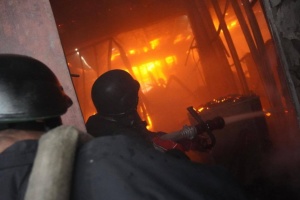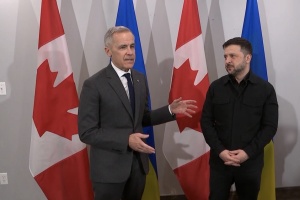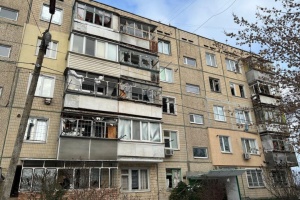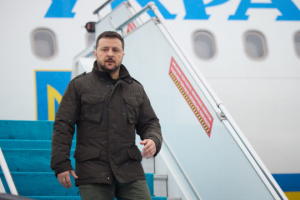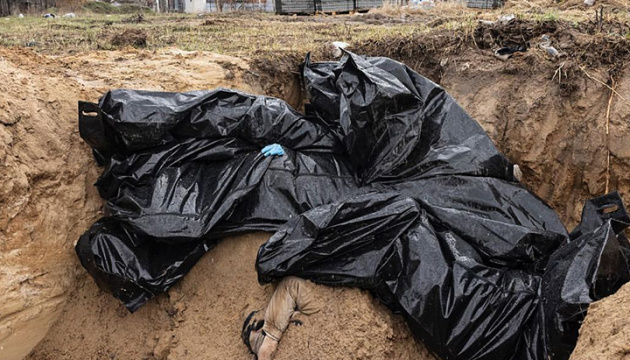
Russia's state-orchestrated incitement to genocide of Ukrainians
More than three months have passed since the beginning of Russia's full-scale aggression in Ukraine. Ukraine is fighting on all fronts - military, diplomatic, economic, humanitarian. And what the ruthless enemy is doing on our land - very often cruelty and insidiousness know no bounds - is difficult to describe in ordinary words.
But in this case there are clear, unambiguous legal definitions. This report, entitled "An Independent Legal Analysis of the Russian Federations Breaches of the Genocide Convention in Ukraine and the Duty to Prevent," a summary of which Ukrinform offers to you, was compiled by two well-known institutions from the United States and Canada. The team includes well-known specialists in humanitarian law, including those who have worked in international tribunals on genocidal crimes.
With all its scientific thoroughness, the language in which this work is presented is surprisingly clear and transparent. Thesis after thesis, argument after argument - everything comes together, intertwined in a single chain with the ruthless conclusion: Russia in this war is the creator of genocide. This means that all states that have signed the 1948 Genocide Convention must stand up for the protection of Ukraine's population.
Preamble
This report is the first to address one of the more contentious and consequential questions of Russia’s invasion of Ukraine: whether the war is genocidal in character. With fighting still ongoing, modern tools have made it vital that this question be examined and its truth made known.
With the word genocide so commonly used — and similarly disputed — allowing for a looseness of definition is unhelpful. A clear reckoning of the facts using the opportunities of modern methods of investigation together with legal analysis pursuant to applicable law is essential.
This is a project of the New Lines Institute and the Raoul Wallenberg Centre for Human Rights, which assembled three teams of experts to assess the subject. This included a team of legal scholars and genocide experts, a second group of open-source intelligence investigators, and linguists who were able to make use of the extensive primary source record this war has already created — of communications intercepts and testimonials.
The New Lines Institute and Raoul Wallenberg Centre have done extensive work on the Rohingya and Uyghur genocides — including producing the first report to make a determination of genocide in Xinjiang applying the 1948 Genocide Convention.
This report reasonably concludes that Russia bears State responsibility for breaches of Article II and Article III (c) of the Genocide Convention to which it is bound. The report also concludes that there exists undoubtedly a very serious risk of genocide, triggering States’ duty to prevent under Article I of the Genocide Convention.
This is the first report of its kind, but not the final word on the subject. We hope more will follow.
Dr Azeem Ibrahim
Director, Special Initiatives
New Lines Institute for Strategy and Policy
Washington, the United States
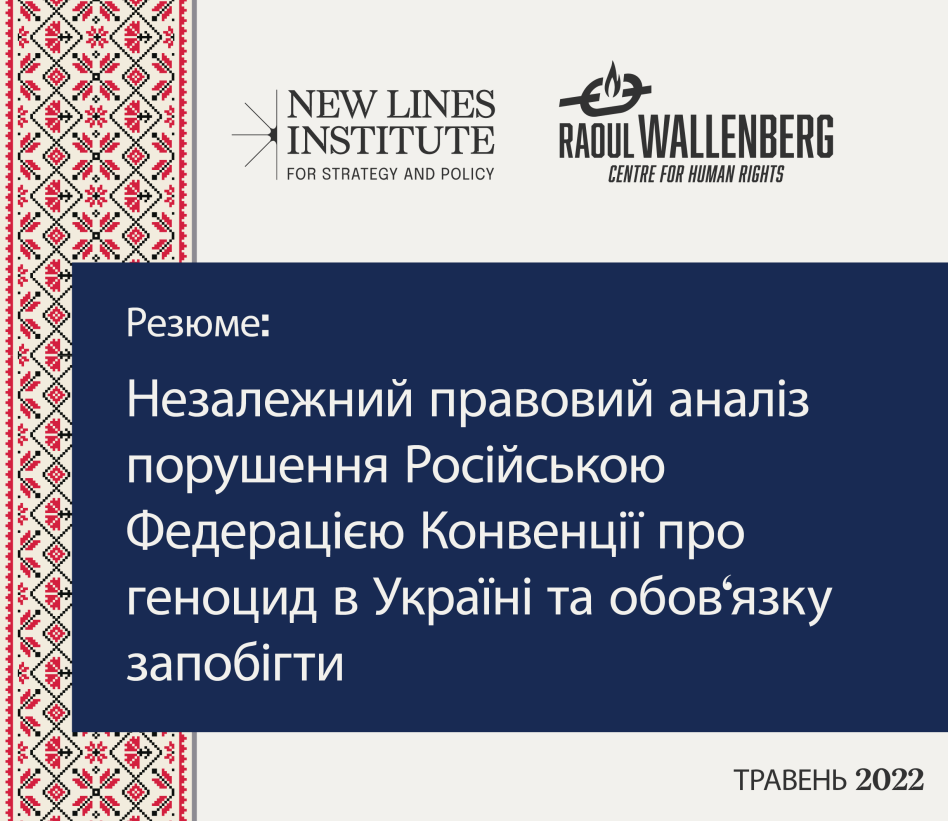
Executive Summary
This report comprises an independent inquiry into whether the Russian Federation bears State responsibility for breaches of the Genocide Convention in its invasion of Ukraine and concludes there are:
1) reasonable grounds to conclude Russia is responsible for (i) direct and public incitement to commit genocide, and (ii) a pattern of atrocities from which an inference of intent to destroy the Ukrainian national group in part can be drawn; and
2) the existence of a serious risk of genocide in Ukraine, triggering the legal obligation of all States to prevent genocide.
I. The Protected Group.
The Ukrainian national group is recognized domestically, internationally, and expressly by Russia in formal interstate relations and is thus protected under the Genocide Convention.
II. Incitement to Genocide.
Under Art. III (c) of the Genocide Convention, direct and public incitement to commit genocide is a distinct crime whether or not genocide follows.
III. Russia’s State-orchestrated Incitement to Genocide.
a) Denial of the Existence of a Ukrainian Identity. High level Russian officials and State media commentators repeatedly and publicly deny the existence of a distinct Ukrainian identity, implying that those who self-identify as Ukrainian threaten the unity of Russia or are Nazis, and are therefore deserving of punishment. Denial of the existence of protected groups is a specific indicator of genocide under the United Nations guide to assessing the risk of mass atrocities.
b) Accusation in a Mirror. “Accusation in a mirror” is a powerful, historically recurring form of incitement to genocide. A perpetrator accuses the targeted group of planning, or having committed, atrocities like those the speaker envisions against them, framing the putative victims as an existential threat and making violence against them seem defensive and necessary. Russian President Vladimir Putin and Russian officials did exactly this, making the utterly false claim that Ukraine had committed genocide or exterminated the civilian population in Russian-backed separatist-controlled areas, as their pretext for invading Ukraine.
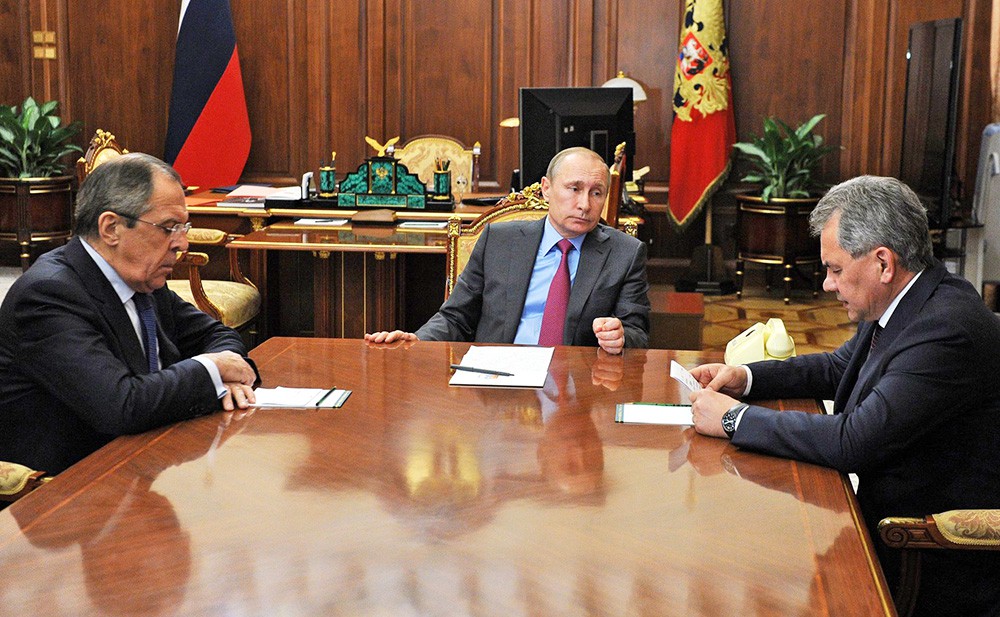
c) “Denazification” and Dehumanization. Russian officials and State media repeatedly invoke “denazification” as one of the main goals of the invasion and have broadly described Ukrainians as subhuman (“zombified,” “bestial,” or “subordinate”), diseased or contaminated (“scum,” “filth,” “disorder”) or existential threats and the epitome of evil (“Nazism,” “Hitler youth,” “Third Reich”). This rhetoric is used to portray a substantial segment or an entire generation of Ukrainians as Nazis and mortal enemies, rendering them legitimate or necessary targets for destruction.
d) Construction of Ukrainians as an Existential Threat. In the Russian context, the Stateorchestrated incitement campaign overtly links the current invasion to the Soviet Union’s existential battles with Nazi Germany in World War II, amplifying the propaganda’s impact on the Russian public to commit or condone mass atrocities. On April 5, 2022, Dmitry Medvedev, current Deputy Chair of the Russian Security Council, posted: “having transformed itself into the Third Reich … Ukraine will suffer the same fate … what it deserves! These tasks cannot be completed instantaneously. And they will not only be decided on battlefields.” The day before the widely celebrated Victory Day, marking the Soviet victory over Nazi Germany, President Putin sent a Telegram to Russian-backed separatists claiming Russians are fighting “for the liberation of their native land from Nazi filth,” vowing that “victory will be ours, like in 1945.” The Russian Orthodox Church has publicly reinforced this historical parallel and praised Russia’s fight against Nazis.
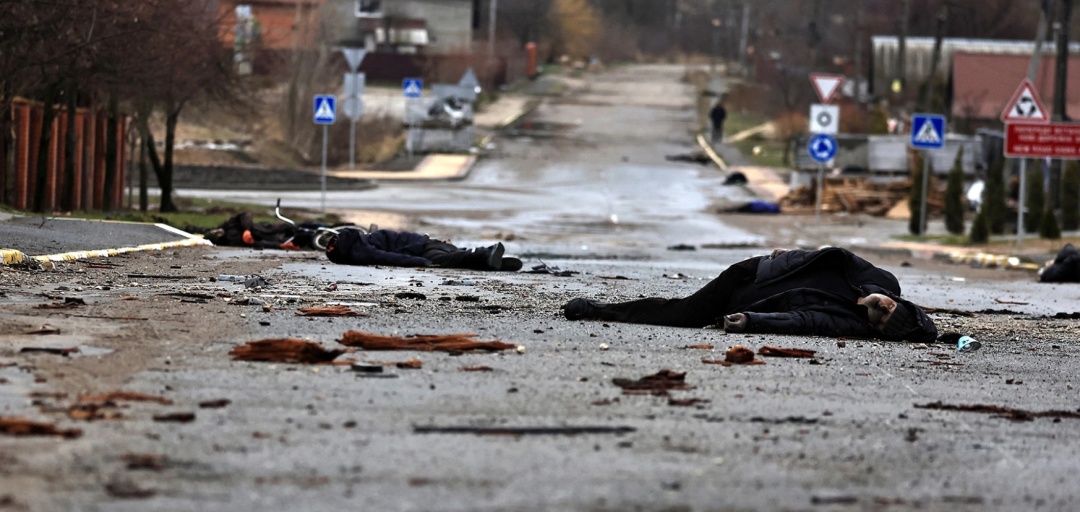
e) Conditioning the Russian Audience to Commit or Condone Atrocities. The Russian Federation authorities have denied atrocities committed by its forces and rewarded soldiers suspected of mass killing in Ukraine, enabling soldiers to commit, and the Russian public to condone, further atrocities. These authorities are able to directly incite the public by funnelling and amplifying their propaganda through a controlled media landscape and extreme censorship around the war. The purveyors of incitement propaganda are all highly influential political, religious, and State-run media figures, including President Putin. There is mounting evidence that Russian soldiers have internalized and are responding to the State propaganda campaign by echoing its content while committing atrocities. Reported statements by soldiers include: threats to rape “every Nazi whore,” “hunting Nazis,” “we will liberate you from Nazis,” “we’re here to cleanse you from the dirt” (following a public execution), among others.
IV. Genocidal Intent.
What distinguishes genocide from other international crimes is the “intent to destroy, in whole or in part, [a protected group], as such.” This intent can be attributed to a State through evidence of a general plan (derived from official statements, documents, or policy) or can be inferred from a systematic pattern of atrocities targeting the protected group. The five genocidal acts — killing, causing serious harm, deliberately inflicting physically destructive conditions of life, imposing birth prevention measures, and forcibly transferring children to another group — can also point towards genocidal intent when viewed in their totality.
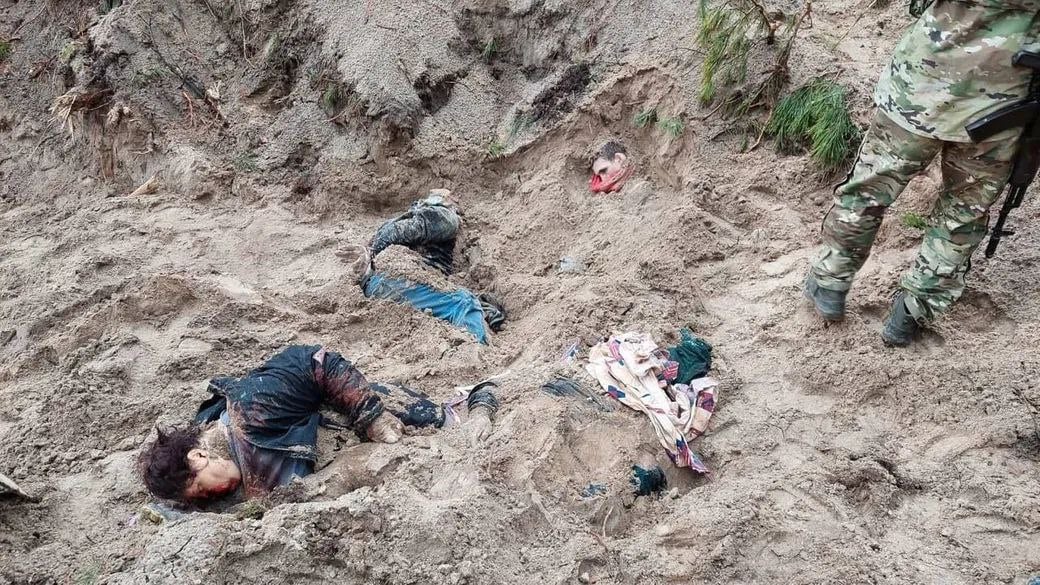
a) A Genocidal Plan. A “general plan” to destroy the Ukrainian national group in part may be demonstrated by the incitement to genocide driving the current invasion or by the striking patterns or methods of atrocities suggesting military policy.
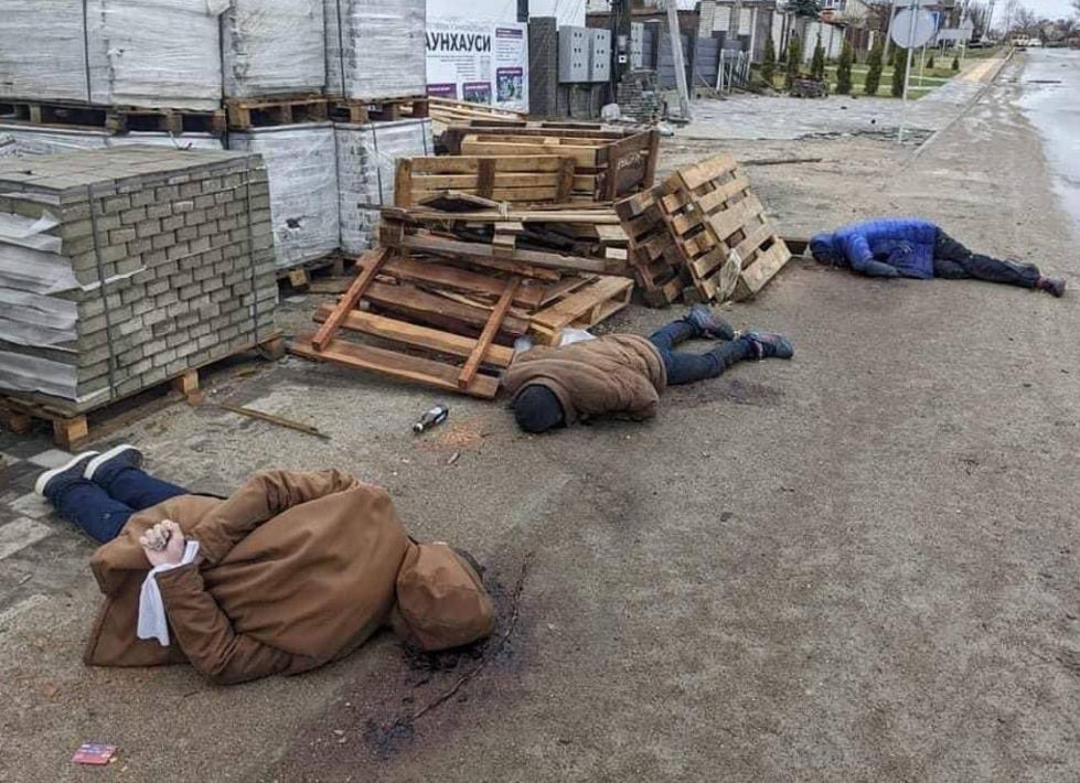
V. Genocidal Pattern of Destruction Targeting Ukrainians.
a) Mass Killings. Investigations have determined that Russian forces have rounded up Ukrainian civilians for mass executions across occupied territory, marked by a pattern of common killing methods — hands tied, tortured, and shot in the head at close range. The well-documented Bucha massacre may indicate consistent tactics employed by Russian forces across currently inaccessible occupied areas. The number of mass graves in Russian controlled areas are rapidly expanding, as documented by investigators and satellite imagery, though the full extent of the killing will not be known until access to sites controlled by Russian forces is secure.
b) Deliberate Attacks on Shelters, Evacuation Routes, and Humanitarian Corridors.
Russian forces are systematically attacking shelters and evacuation routes with precision, indicating military policy, killing and trapping civilians in besieged or conflict areas.
c) Indiscriminate Bombardment of Residential Areas. Russian forces have extensively used inherently indiscriminate weapons with wide-area effect, or cluster munitions, targeting densely populated areas in at least eight of Ukraine’s oblasts (provinces).
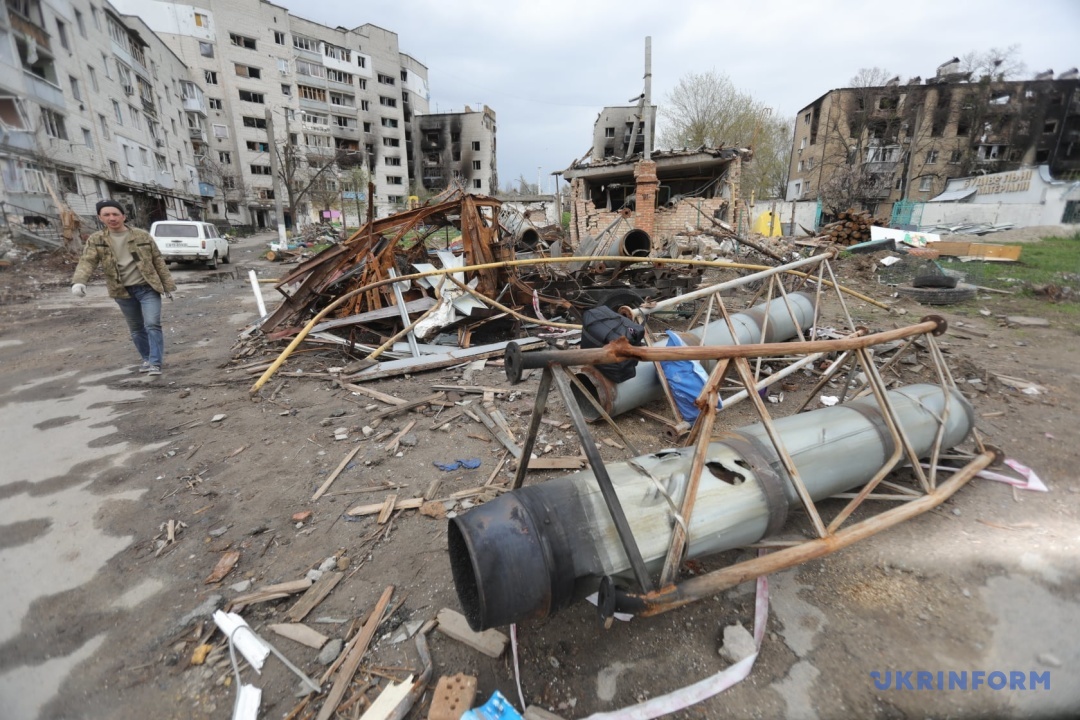
d) Russian Military Sieges: Deliberate and Systematic Infliction of Life-Threatening Conditions. While bombarding Ukrainians in besieged areas from within and without, Russian forces have simultaneously and deliberately inflicted life-threatening conditions on them.
i. Destruction of Vital Infrastructure. Russian forces follow a similar pattern in besieging Ukrainian cities, first striking water, power, and communication sources, and further targeting medical facilities, grain warehouses, and aid distribution centers, suggesting a military strategy and policy of deliberately inflicting fatal conditions on Ukrainians. These coordinated actions by the Russian military to deprive Ukrainians of basic necessities and trap them under these destructive conditions tend to demonstrate that the sieges are calculated to bring about their physical destruction.
ii. Attacks on Health Care. As of May 25, the World Health Organization has documented 248 attacks on Ukraine’s health care system.
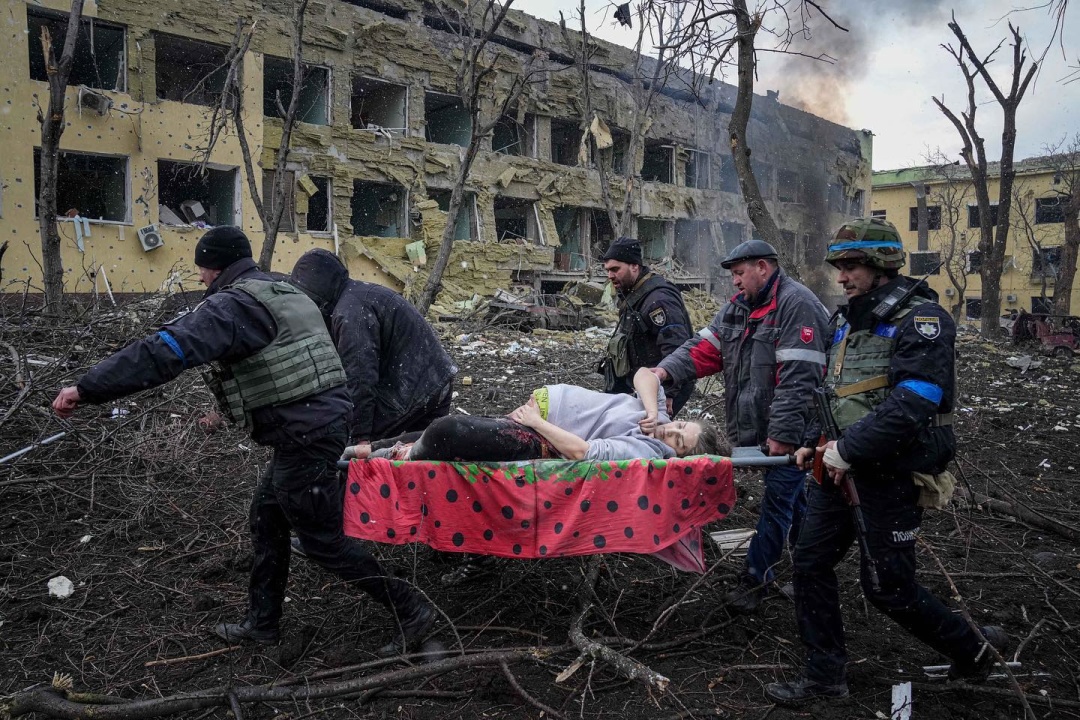
Mariupol / Photo: Evgeniy Maloletka
iii. Destruction and Seizure of Necessities, Humanitarian Aid, and Grain.
Russian forces have destroyed and seized vast stores of grain, including expropriating hundreds of thousands of tons to Russia, and repeatedly blocked or seized humanitarian aid or workers seeking to evacuate civilians, using starvation as a weapon of war.
iv. Other Sites of Life-Threatening Conditions. Russian forces have held Ukrainian civilians at other sites where they are deprived of basic necessities, at times leading to more immediate deaths by suffocation or starvation.
e) Rape and Sexual Violence. Reports of sexual violence and rape in Russian-occupied areas of Ukraine suggest a widespread and systematic pattern, including gang rape, rape in homes or shelters, rape of parents in front of children and vice versa.
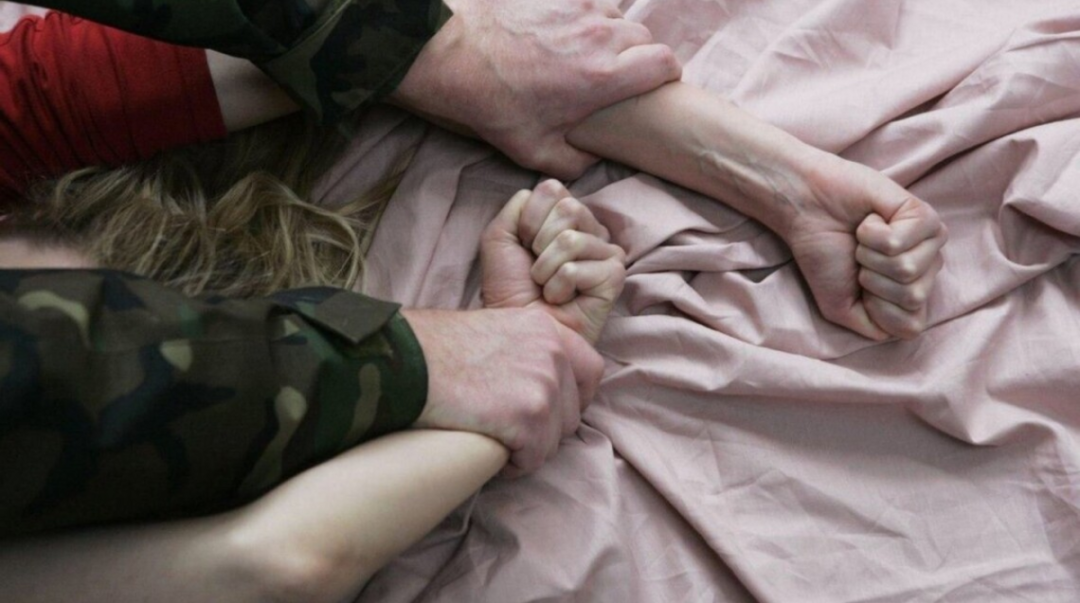
f) Forcible Transfer of Ukrainians. Russia has reported the relocation of over one million people from Ukraine to Russia since the invasion began, including over 180,000 children.
Refugees and officials have reported being transferred by force or threat of force. According to Ukrainian officials, Russian legislation is being reformed to expedite the adoption of children from the Donbas, while Ukrainian children forcibly sent to Russia are forced to take Russian classes. The forcible transfer of Ukrainian children to Russia is a genocidal act under Art. II(e) of the Genocide Convention.
VI. Intent to Destroy the Ukrainian National Group in Part.
The intent to destroy a group “in part” has been understood to require the targeting of a substantial or prominent part of the group. To assess this threshold, however, the scale of atrocities targeting Ukrainians must be viewed relative to Russia’s area of activity or control. Russian forces have left a trail of concentrated physical destruction upon retreat from occupied areas, including mass close-range executions, torture, destruction of vital infrastructure, and rape and sexual violence. The selective targeting of Ukrainian leaders or activists for enforced disappearance or murder is further evidence of intent to destroy the Ukrainian national group in part, as those figures are emblematic of the group or essential to the group’s survival.
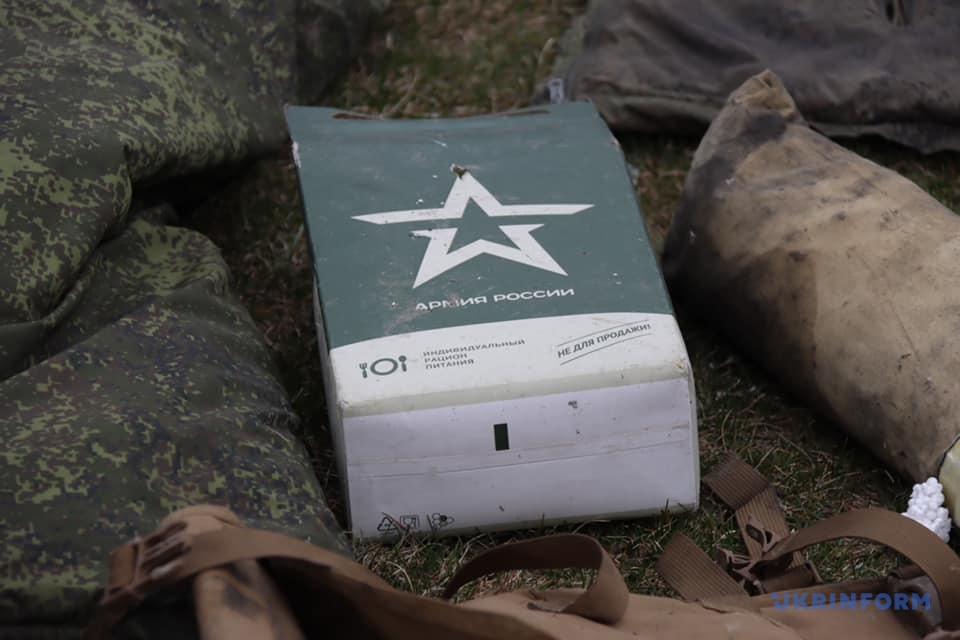
VII. The Duty to Prevent Genocide.
States have a legal obligation to prevent genocide beyond their borders once they become aware of the serious risk of genocide — a threshold that this report clearly establishes has been met, of which States cannot now deny knowledge. The Genocide Convention imposes a minimum legal obligation on States to take reasonable action to contribute toward preventing genocide and protecting vulnerable Ukrainian civilians from the imminent risk of genocide.

